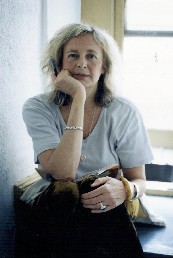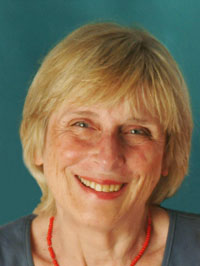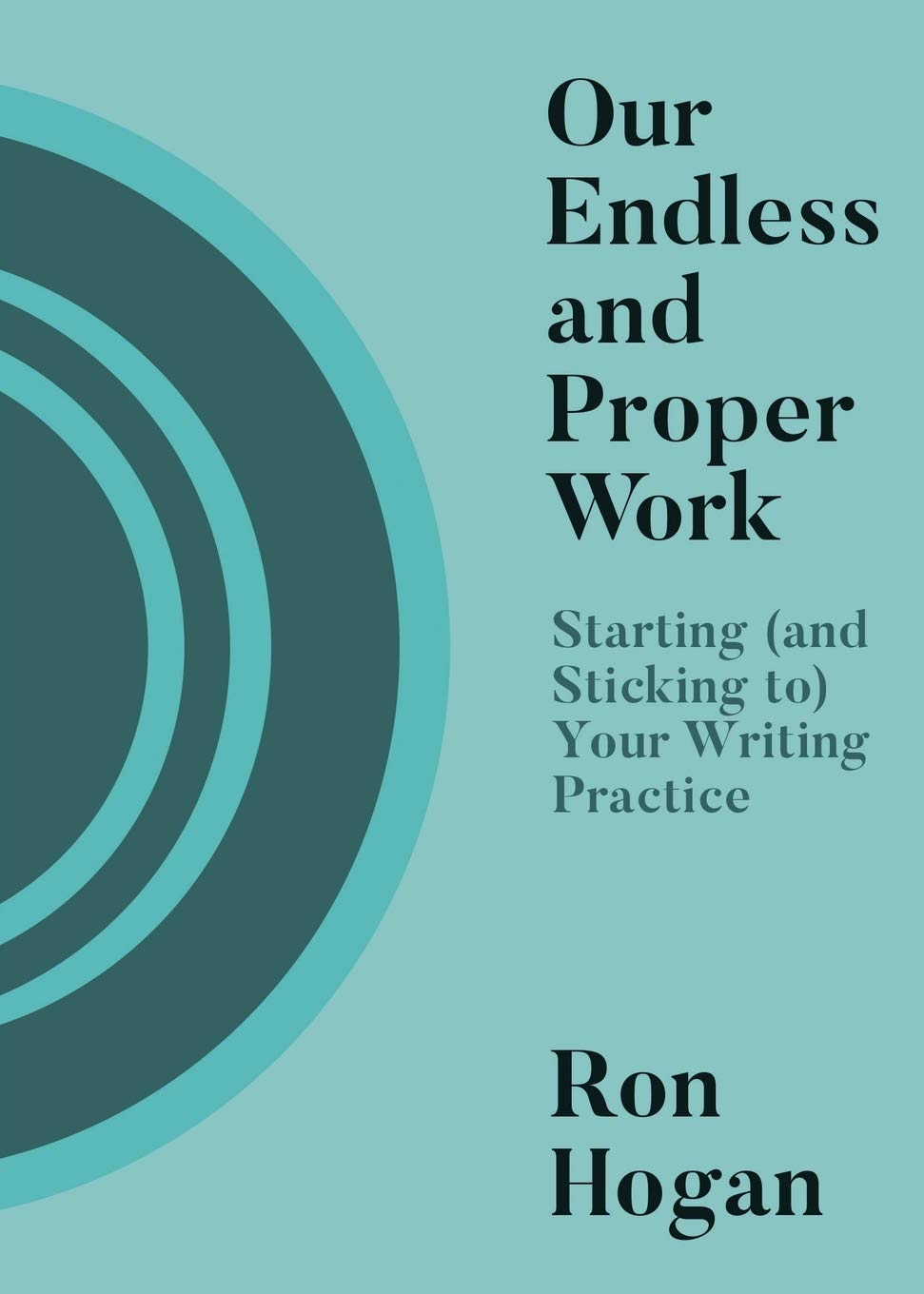Susan Swan Locates Herself in the Casanova Craze
 Susan Swan is the author of the acclaimed novel The Wives of Bath, which was turned into the Sundance Festival hit Lost and Delirious with Piper Perabo as a prep school girl with a crush on her classmate that just won’t go away. Her latest, What Casanova Told Me, starts with the fictional diary of the lover he takes on one last grand adventure, then jumps headlong into the present day, as that woman’s descendant searches for the end of that story while sorting through complications of her own. In this essay for Beatrice readers, she explains what she—along with so many others—sees in the life and legend of Europe’s greatest lover.
Susan Swan is the author of the acclaimed novel The Wives of Bath, which was turned into the Sundance Festival hit Lost and Delirious with Piper Perabo as a prep school girl with a crush on her classmate that just won’t go away. Her latest, What Casanova Told Me, starts with the fictional diary of the lover he takes on one last grand adventure, then jumps headlong into the present day, as that woman’s descendant searches for the end of that story while sorting through complications of her own. In this essay for Beatrice readers, she explains what she—along with so many others—sees in the life and legend of Europe’s greatest lover.
I didn’t notice the Casanova craze until I was halfway through my own novel about the celebrated Venetian. I’d scoffed when an aging family member recommended Casanova’s 12-volume memoir, History of My Life, and said the passage describing Casanova’s escape from the prison in the Ducal Palace was the most gripping escape narrative he’d ever read.
Somewhat disdainfully, I took away the memoir and began to read. All I knew about Casanova was his reputation as the most notorious rake the world has ever known, one of those playboys your mother told you to avoid. I’d also seen Fellini’s movie, Casanova, which cemented the womanizer myth. This film doesn’t show the intellectual and literary side of Casanova, the European man of letters who had translated the Iliad, written poems and operas and essays and engaged in scientific discussions.
I read most of the 12 volumes of Casanova’s History of My Life and decided my family member had been too stinting in his praise. Casanova had written brilliantly about his escape from the Leads, the famous Venetian prison. But as far as I was concerned, History of My Life was one of the great works of Western literature. Soon I was writing my own version of Casanova’s tale, a novel about him returning as an old man to Venice for a last look at the city he loves and running off to travel in the Mediterranean with Asked For Adams, a descendant of Puritans and cousin to president John Quincy Adams.
A belief that your own book is unique shores up the creative trance writers need to work. But somewhere in the midst of writing my novel, I stuck my head above my desktop and noticed that I shared my Casanova obsession with a host of fellow authors. By last count, at least eleven other books have dealt with Casanova in recent years.
15 September 2005 | guest authors |
Eva Etzioni-Halevy’s Aggrieved Women of the Bible
 Austrian-born Eva Etzioni-Halevy hid from the Germans as a small child and then emigrated with her family to Palestine after the war. She’s turned to fiction writing after a long career as a sociologist; for her first novel, The Song of Hannah, she draws inspiration from the Bible and the unusual family described in the First Book of Samuel. (If this was Heeb, I’d probably be calling this “Samuel Has Two Mommies,” but not because it has anything to do with that–where do you people get these ideas?) Hannah’s gone from the original story by the second chapter, and Etzioni-Halevy’s other female protagonist, Pninah, gets even less mention, so the novel does a lot of imaginative filling in the blanks. In this original essay for Beatrice, she explains why.
Austrian-born Eva Etzioni-Halevy hid from the Germans as a small child and then emigrated with her family to Palestine after the war. She’s turned to fiction writing after a long career as a sociologist; for her first novel, The Song of Hannah, she draws inspiration from the Bible and the unusual family described in the First Book of Samuel. (If this was Heeb, I’d probably be calling this “Samuel Has Two Mommies,” but not because it has anything to do with that–where do you people get these ideas?) Hannah’s gone from the original story by the second chapter, and Etzioni-Halevy’s other female protagonist, Pninah, gets even less mention, so the novel does a lot of imaginative filling in the blanks. In this original essay for Beatrice, she explains why.
How would a woman react if she was unable to bear children, and her husband consoled himself by marrying another woman and having children with her? How would a woman respond if she found that, although she had borne her husband sons and daughters, he did not love her, but loved another woman and married her? And how would the two women–the barren and the unloved one–feel if they shared the same husband?
These are the questions that inspired my writing of The Song of Hannah. For this is the stuff the story of Hannah and Pninah, on which the novel is based, is made of. I had heard that story each year as it was read on the High Holidays in the synagogue, and each time these questions popped up in my mind.
It occurred to me that the grief of the barren woman, Hannah, was temporary; it dissolved the moment her son, the prophet Samuel, was born. By contrast, the unloved one, Pninah, was permanently and deeply injured. So I had little doubt that she would find a way to get back at both her rival and her husband.
So I decided to champion Pninah’s cause by writing a novel in which I would depict her hurt, her enmity toward Hannah and the revenge she wrought on her husband in the arms of a lover. But the heroines and heroes of the novel-in-the-making rebelled. They took over the story, and what started out as a tale of rivalry and revenge, gradually turned into a tale of redemption through friendship and love. In its course, both Hannah and Pninah are revealed as women of courage who stand up for each other’s and for their own interests in a male-dominated society.
9 September 2005 | guest authors |

 Our Endless and Proper Work is my new book with Belt Publishing about starting (and sticking to) a productive writing practice.
Our Endless and Proper Work is my new book with Belt Publishing about starting (and sticking to) a productive writing practice. 
